Tunquen, Casablanca, Chile
By Ingrid Spencer-via:archrecord
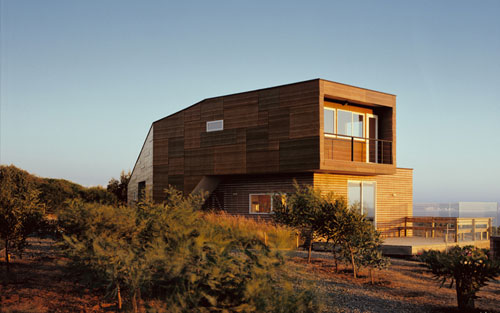
Photo © Carlos Eguiguren Faz
In Chile, a country not much more than 100 miles wide with 3,000 miles of coastline, living on the edge of the world is pretty much a given. But with a geography that includes dry desert, live volcanoes, fjords, and glaciers, parts of Chile’s coastline can truly seem more like the end than an edge. For Jürgen Weller and Cecilia Contador, a couple with three teenage children who live in Chile’s capital, Santiago, building a house at the end of the world seemed like the perfect antidote to their busy work lives—Weller is an economist at ECLAC, a UN organization, and Contador is an assistant there. They chose the beautiful, barren coastal area of Tunquén for their retreat, and picked Santiago architectural firm Riesco + Rivera to design the house. “The site is a desolate landscape,” says Jose Riesco. “It is dominated by the dry climate and the colors of a part of the Chilean Central Coast that has still not been transformed by man.”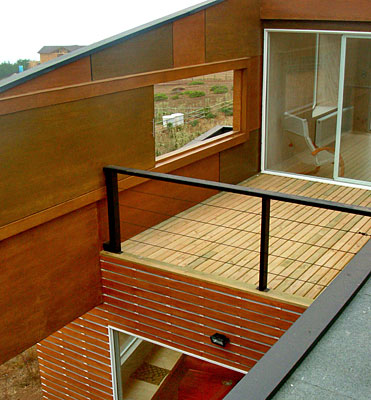
Photo © Carlos Eguiguren Faz
The program is simple. The 1,500-square-foot house is divided into three defined units—master bedroom suite, children’s area, and public space—that read as one. Terraces integrate the house with the landscape and vice versa, and accommodate the family’s love of nature. To augment the appearance of space between each unit, the architects created a series of voids both horizontally and vertically, that let natural light find its way around corners and across spaces. It’s a very raw interior. Weller and Contador had a small budget and wanted their house built quickly. Since Riesco works as a sometime associate architect with a Chilean prefabrication firm called Casas Albertas that uses Canadian building technologies to build homes in Chile, the choice was made to use prefabricated wood panels as structure, which would remain in their raw form on the interior. “We like the prefab system because it’s a removable material, it’s economical and well-finished, there’s no waste, and it allows for fast construction,” says Riesco. The panels, which in this case were manufactured in Chile out of “pino radiate,” a South American pine, are layered with weatherizer, insulation, and fiber-cement exterior cladding, and is finished on the interior with a water-based enamel. Unpainted wood is also used inside to form built-ins, such as shelves, counters, an island in the kitchen, and cabinets and closets throughout. 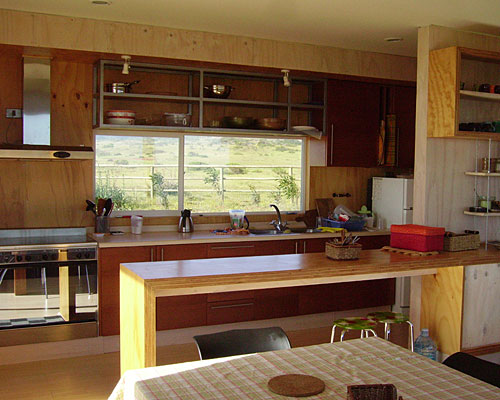
Photo © Carlos Eguiguren Faz
As desolate at the landscape is, the site isn’t really that remote. Only a two-hour drive from Santiago, it is easy for Weller and Contador bring family and friends almost every weekend. “Our favorite place in the house is at the living/dining/kitchen area,” says Contador, “where we spend so much time cooking, reading, and looking at the sea. After a week of hard work, it’s the perfect place to be—simple and practical at the same time. It will be a nice place to retire.” 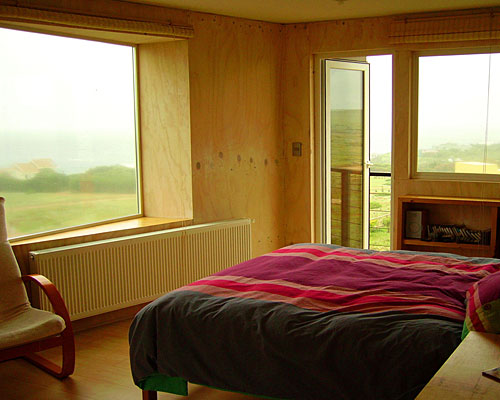
Photo © Carlos Eguiguren Faz
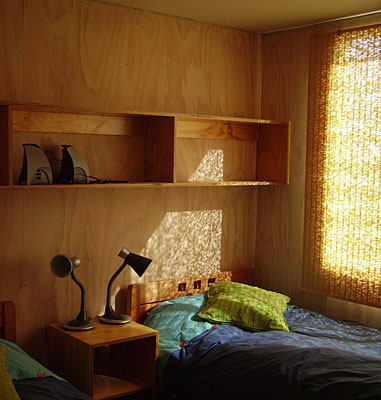
Photo © Carlos Eguiguren Faz
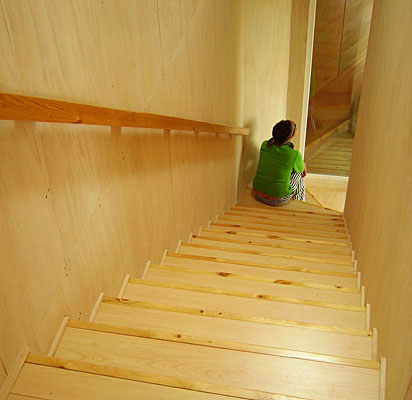
Photo © Carlos Eguiguren Faz
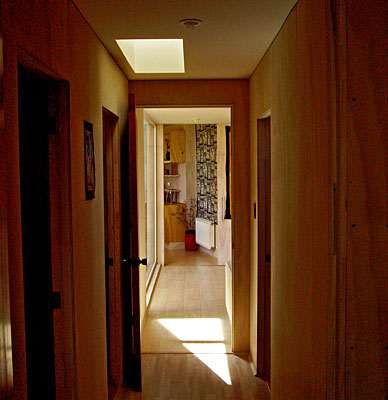
Image courtesy Riesco + Rivera Arquitectos Asociados

Image courtesy Riesco + Rivera Arquitectos Asociados

Image courtesy Riesco + Rivera Arquitectos Asociado

Image courtesy Riesco + Rivera Arquitectos Asociado

Image courtesy Riesco + Rivera Arquitectos Asociados

Image courtesy Riesco + Rivera Arquitectos Asociados
